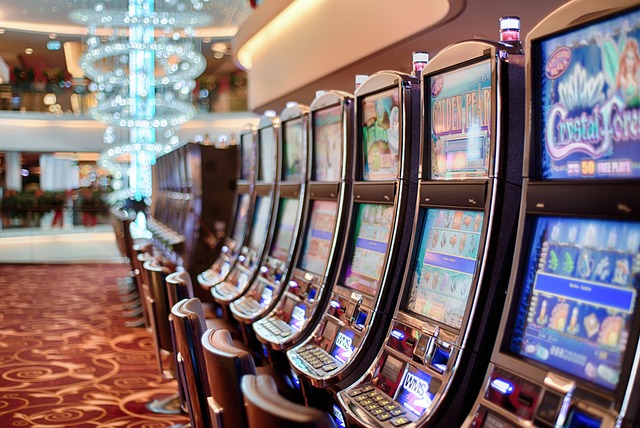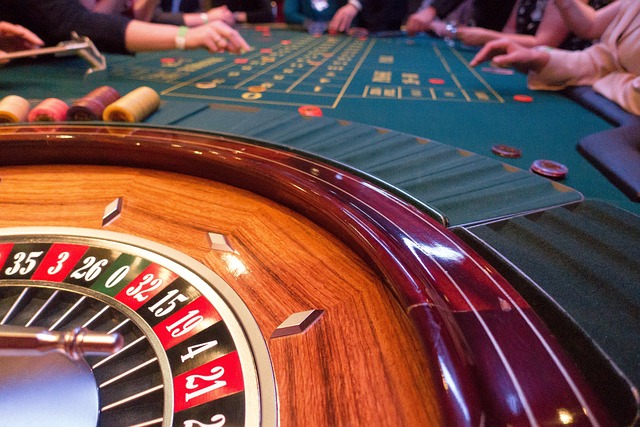The gambling industry has always embraced new technology—from the first online casinos to mobile apps, live dealers, and VR. Now, the metaverse promises a new frontier: immersive, persistent virtual spaces where users can play, interact, and transact in entirely new ways. But how realistic is this shift, and what practical role could the metaverse play in the future of gambling?
This post breaks down what the metaverse means for gambling platforms, the potential benefits, technical challenges, and what operators should watch as the space matures.
What the Metaverse Means in Gambling Context
The “metaverse” isn’t one single thing—it refers to a network of immersive 3D environments where users can move between virtual spaces, often using avatars, digital assets, and blockchain-based economies. Think of it as the internet, but with a spatial interface.
For gambling, this means moving beyond websites or apps to interactive, persistent environments—virtual casinos where users can walk around, play games, socialize, and manage assets in real time.
It’s not just about novelty. It changes how users engage with platforms and with each other.
Key Opportunities for Gambling in the Metaverse

While still early-stage, several promising use cases are already emerging. Some combine existing tech (like crypto wallets or NFTs) with new virtual interfaces.
Immersive Casino Environments
Players can walk into a virtual casino, sit at a poker table, chat with others, and play slots or blackjack in a 3D environment. The goal isn’t just realism—it’s engagement. By creating a social, explorable space, platforms can increase time-on-site and emotional involvement.
This is already happening in early Web3 casinos and VR-based gambling prototypes.
Social Gambling and Player Interaction
Traditional online gambling is mostly solitary. The metaverse enables voice chat, group play, live events, and even audience participation. Friends could enter a casino together, bet on the same outcomes, or share virtual spaces in real time.
This allows gambling to overlap more naturally with gaming and social media behaviors.
Asset Ownership and Economy Integration
With blockchain integration, players could own:
- NFT-based avatars or skins
- Tokenized in-game items (chips, tables, VIP passes)
- Virtual real estate inside the platform
This opens the door for player-driven economies, resale markets, and loyalty systems tied to actual ownership—not just points or balance numbers.
Challenges and Trade-Offs
Despite the excitement, there are real limitations—technical, regulatory, and economic—that gambling operators must consider.
High Barrier to Entry
Full metaverse experiences often require VR headsets, high-end hardware, and crypto wallets. That limits accessibility, especially for casual users who just want quick access to games.
The result: novelty might drive traffic, but it may not retain the broad gambling audience yet.
Regulatory Gaps
Metaverse gambling combines three volatile areas—online betting, crypto assets, and virtual economies—all of which face evolving regulations. Questions arise around:
- Age verification in avatar-based spaces
- AML (anti-money laundering) compliance for crypto betting
- Jurisdiction: Where does a virtual casino “exist”?
Operators entering the space will face a moving target of legal requirements.
User Safety and Responsible Gambling
Immersive environments blur lines between entertainment and gambling. They also increase session length and reduce friction for high-frequency play—raising responsible gambling concerns.
Tools like session limits, self-exclusion, or cooling-off periods need to be rethought for 3D spaces and avatar interactions.
Signs of Progress: What to Watch

While a full metaverse casino ecosystem is still several steps away from mainstream adoption, some indicators show progress:
- VR casinos offering table games with motion tracking
- Blockchain-based gambling platforms experimenting with land ownership or DeFi rewards
- Cross-platform wallets and NFTs making in-game assets portable across projects
- Social betting layers that reward player interaction, not just spend
For operators, the current phase is about testing, not scaling. Focus on specific features that increase immersion without rebuilding the entire platform overnight.
How to Prepare as an Operator or Investor
You don’t need a full metaverse build to start adapting. Instead, consider:
- Integrating 3D lobbies or animated avatars into existing platforms
- Exploring wallet-based logins or NFT rewards
- Partnering with metaverse platforms (like Decentraland or The Sandbox) for test cases
- Auditing responsible gambling features for immersive formats
- Watching how user behavior changes in social casino spaces
It’s about layering in immersion and ownership—not replacing proven systems too early.
